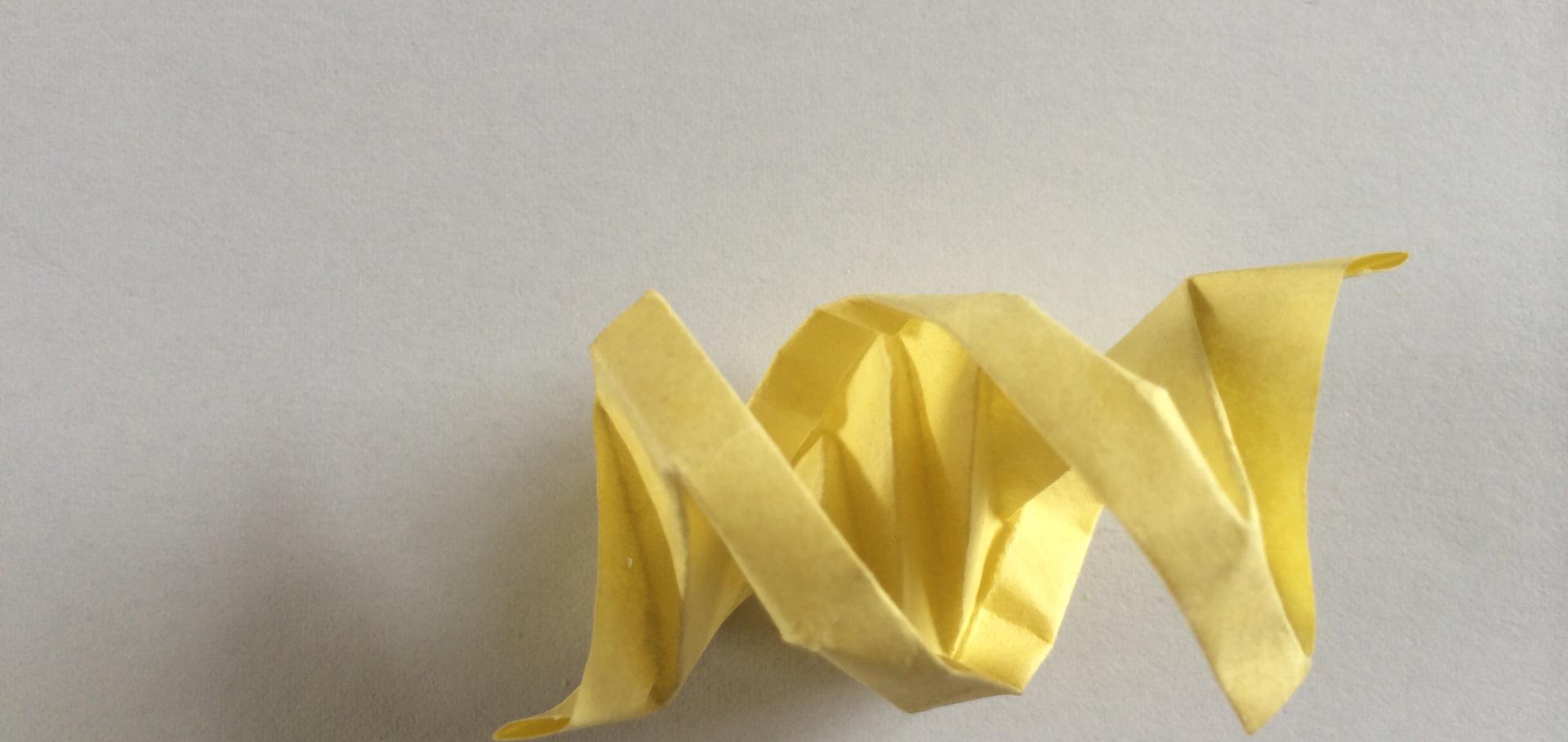Topological selectivity in Xer site-specific recombination.
Cell 88:6 (1997) 855-864
Authors:
SD Colloms, J Bath, DJ Sherratt
Abstract:
The product topology of Xer-mediated site-specific recombination at plasmid sites has been determined. The product of deletion at pSC101 psi is a right-handed antiparallel 4-noded catenane. The ColE1 cer deletion product has an identical topology, except that only one pair of strands is exchanged. These specific product topologies imply that the productive synaptic complex and the strand exchange mechanism have fixed topologies. Further analysis suggests that synapsis traps exactly three negative supercoils between recombining sites, and that strand exchange introduces a further negative topological node in the deletion reaction. We present a model in which the requirement for a specific synaptic stucture, with two recombination sites interwrapped around the accessory proteins ArgR and PepA, ensures that recombination only occurs efficiently between directly repeated sites on the same DNA molecule.
